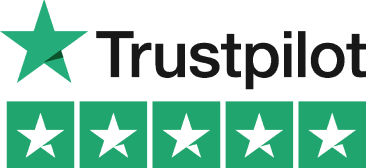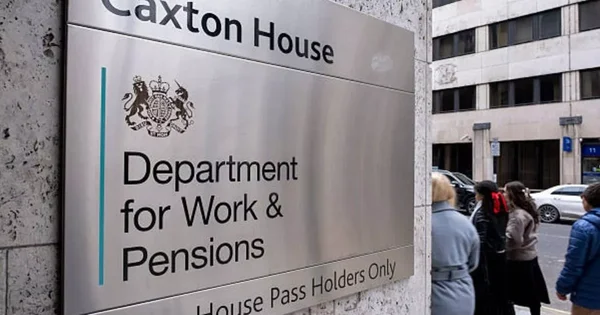
The UK's tax authority is exploring new measures aimed at increasing financial transparency among the nation’s highest earners. HM Revenue and Customs (HMRC) has proposed fresh disclosure requirements that could soon apply to individuals earning over £150,000 a year. This move is part of a broader initiative to combat tax avoidance and close the growing gap in revenue collection.
The proposed measures would require high earners to report their tax planning activities in greater detail, including arrangements that might result in tax advantages. This marks a significant shift in HMRC’s strategy, which has typically focused on corporate disclosures and avoidance schemes.
With concerns over fairness in the tax system rising, the Treasury is now scrutinising how the wealthiest are using complex tax structures. As the government prepares for the post-election fiscal landscape, these proposed rules could reshape how high earners interact with the tax system — and how much they ultimately pay.
What Are the New Rules Being Considered?
HMRC is examining whether to introduce a set of mandatory reporting obligations targeted specifically at individuals earning over £150,000 annually. This would represent a major policy expansion of the Disclosure of Tax Avoidance Schemes (DOTAS) regime, which currently focuses on tax advisers and promoters of schemes.
According to the discussion papers released by HMRC, the focus is on those with the “means and opportunity” to engage in aggressive tax planning. These individuals could be required to provide upfront details about arrangements that offer them any form of tax advantage, including income splitting, artificial losses, or offshore structures.
The reforms under review are intended not only to collect more tax but to deter individuals from entering questionable schemes in the first place.
Why Now? The Push for Greater Fairness
The timing of this proposal is significant. With public sentiment increasingly demanding fairness in the tax system, HMRC is under pressure to demonstrate that the wealthiest pay their fair share.
Recent data shows that although a small portion of taxpayers (around 1%) earn over £150,000, they account for nearly 30% of all income tax collected. Still, the use of complex avoidance structures remains a concern.
Tax campaigners argue that without greater disclosure, the government cannot adequately assess whether some individuals are exploiting loopholes. These new measures would aim to level the playing field, especially as middle-income earners face rising tax burdens.
Who Would Be Affected?
If implemented, these rules would primarily affect:
- Individuals earning over £150,000 per year.
- Those involved in “bespoke” tax arrangements.
- High-income self-employed professionals, entrepreneurs, and investors.
It’s also possible that people with fluctuating incomes, such as those in finance, entertainment, and property, may be caught within the reporting net, depending on how the thresholds are defined. HMRC is currently consulting stakeholders, including accountancy bodies and law firms, to determine the scope and feasibility of implementation.

Stakeholder Reactions: Support, Concern, and Calls for Clarity
The proposal has sparked a mix of support and concern across different sectors. A spokesperson from the Chartered Institute of Taxation commented: “Transparency is welcome, but we urge HMRC to be proportionate. The burden must not fall on those acting within the law.”
Meanwhile, some legal professionals worry about the implications for client confidentiality and the vagueness of what must be disclosed. Others argue that this move is long overdue, especially in light of high-profile avoidance scandals that have damaged public trust in the system. Treasury officials say the focus is on promoting "voluntary compliance" and preventing tax risks before they arise, not penalising legitimate tax planning.
The Bigger Picture: Closing the Tax Gap
The UK’s tax gap, the difference between tax owed and tax collected, was estimated at £36 billion in the latest figures. A significant portion of this gap is attributed to underreporting, avoidance, and legal loopholes used by higher-income groups.
By extending disclosure obligations, HMRC hopes to improve risk profiling and enforcement. The ultimate aim is deterrence: if high earners know they must report schemes, they may be less likely to use them.
This proposal forms part of a broader modernisation of HMRC’s strategy, which includes digital reporting, real-time data collection, and increased scrutiny of wealth transfers and offshore holdings.

Conclusion
HMRC’s consideration of new reporting rules for high earners signals a proactive step towards tackling tax avoidance and enhancing fairness in the tax system. The move reflects growing political and public pressure to close loopholes and ensure the wealthiest contribute transparently.
Though only at the consultation stage, the proposals mark a potentially transformative shift in how tax planning is regulated in the UK. Whether this results in greater compliance or unintended consequences will depend heavily on how the final rules are structured, and how effectively HMRC engages with affected taxpayers and advisers.
For now, high earners should prepare for a future where silence may no longer be golden in the eyes of the taxman.
Frequently Asked Questions
Who will be affected by HMRC’s proposed rules?
The proposals target individuals earning over £150,000 annually, especially those involved in complex or bespoke tax planning schemes.
What is the goal of these new rules?
HMRC aims to increase transparency, reduce avoidance, and close the tax gap by requiring high earners to report tax planning arrangements in more detail.
Are the rules confirmed?
Not yet. HMRC is currently in a consultation phase and gathering feedback from stakeholders, including tax professionals and industry bodies.
How do the proposed rules relate to existing DOTAS regulations?
The rules build on DOTAS but extend similar disclosure obligations directly to individual high earners rather than only to scheme promoters.
Will this mean higher taxes for high earners?
Not directly. The proposal is about increased reporting and transparency, though it may deter the use of certain tax-saving strategies.









